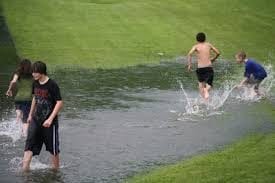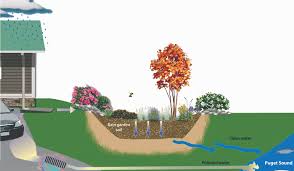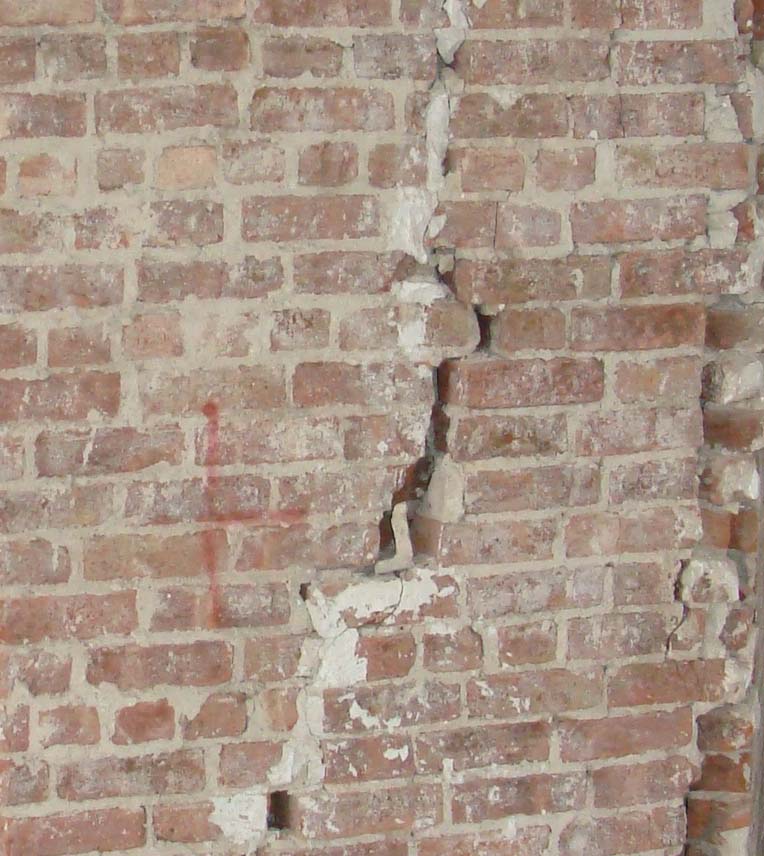When rainwater goes where it is supposed to, drainage basics tend to be easily overlooked. However, when you have lots of construction, new roads, and a big storms combined with little heed as to how the “run-off” from a rainstorms will get back into the earth: you have issues, like ponding issues. Does it seem like the 100-year storm occurs every 9 months? Ida anyone?

Welcome to Westchester County, NY 2021 where roads often flood, entire regions of low lying towns struggle with storm after storm, and surface water control issues loom large.
Westchester county enacted stricter rainwater control measures about 15 years ago to help alleviate these problems, but it was about 30 years too late. Basically the measures called for more owner-created means of controlling , holding and dispersing the rainfall on the Owner’s property or guiding the water safely to another location. This does help lessen erosion, slow flooding, and helps to some degree contain the problem to the limits of the property.
HOWEVER….”The thing is” when you create a road or parking lot or new impervious surface uphill of a site, the same amount of water still has to enter the ground, aquifer or water-body through less surface area. Imagine a sponge that is half covered by a rubber glove- the saturation level of the exposed area of the sponge is hastened by the diminishment of the sponges surface. Conversely, if the is more absorbent surface there would be fewer flooding problems.

So the general strategy , called Storm Water Management, is to slow the flow of water to minimize erosion, hold the water and then try to disperse it by guiding the run-off into areas that will let the water seep out slowly. This is often done by a system of drains, gutters, leaders and seepage pits (drywells) or connections to sewers. There are many types of drainage devices and they vary in size based on how much water they will control, maintenance requirements and the drainage characteristics of the soil of the site.
While climate change has lead to higher intensities of rainfall because hot air holds more moisture, we also have to address the changes of state from water to ice allowing the puddles to freeze over and create real hell in February where “slip and fall” accidents have risen sharply.
So, if you or somebody you know is having trouble with those pesky puddles and needs to talk about cost-effective solutions that look great and last, please ask them to call Steve at 914 980 5532.
Underground drywells and gravel are commonly used to hold and infiltrate the rainwater back into the ground.
And yes we have installed some flood panels in clients low-lying doors to help slow down the water infiltration of flooding. Who could have imagined this Miami-type of culture of “storm-preparedness?” (Anyone paying attention to the climate scientists beckoning decades ago.)
Climate change
Climate change is projected to continue resulting in a variety of adverse physical effects, including sea level rise and changes in patterns of temperature, precipitation, and extreme weather events . These effects will in turn have implications for ecosystems, government (look at the riots in Syria driven by drought) , human health, systems, such as buildings, industrial processes, transportation, energy supply and demand, and infrastructure. It will increasingly affect design of everything from gutters to site development, roofing to framing anchorage. The building codes are lagging behind and of course only represent minimum standards.
Rain-gardens, with water-loving vegetation can be used to help mitigate water issues.
Simply put, the ever-increasing carbon dioxide levels trap heat in our atmosphere, which in turn makes the air more capable of holding higher levels of moisture. Among the adverse results are higher rainfall intensity and expanding water bodies with higher sea-levels. When rainwater goes where it is supposed to, drainage tends to be easily overlooked. As new rainfall patterns emerge, we have to carefully gauge the new “normal”. When you have lots of construction, new roads, and a higher intensity of rainfall combined with little heed as to how the “run-off” from a rainstorms will get back into the earth: you have genuine problems.
It seems so simple when you are digging. The soil should hold up your house, the building, or at least the deck and absorb the water from a rainstorm right?.
So is dirt is just dirt? and why is it important?
Some kinds of soil (dirt) hold water better than others. The chart below shows that better draining soils and characteristics to the left. What this means is that if you need to place drywells in an area that has mostly silty soil (which drains poorly) you will need more drywells.
The ability of the soil to hold up the house or building is also critical. It is soft, like clay or silt? Then you need to design a different foundation than if the soil is harder like sandy- gravel.
We’ve all stepped on the beach and noticed the amount of “sinking” we do in the sand….or trekked across the snow and walked from hard-pack into loose powder? Do you need snow-shoes to spread out the weight? That is the basis of foundation design and it’s cousins drainage design and soil mechanics.

Such is the life of dirt, or should we say soil? Yep, soil has different densities, characteristics and entire classification systems that geo-technical engineers understand and formulate foundation systems when the soil appears questionable. Most excavators look for the coloration and will feel the soil for the basics: like how granular or spongey?- is it grayish green and clay-like? See http://seconarchitect.com/what-does-tire-rotation-drainage-and-landscape-design-share-in-common/
Soil Classification
From most desirable to least in terms of drainage : gravel, sand, silt and clay are the major types. Each soil type has different abilities to support weight and absorb water. To find out what kind of soil it is usually necessary to conduct “percolation tests”. This is a procedure of digging out a small pit and analyzing the soils ability to hold water over a certain amount of time. These soil characteristics help the designer to design a drainage system.
And as you can imagine, the soils are seldom uniform below the surface. So when there is suspicion of the subsurface conditions, we ask for borings, or test pits to reveal the soil characteristics to help hedge our bets and give us the information to help design the proper foundations and drainage systems.
Consequences
Beyond the flooding and delays on the highways and wet basements……When the soil gives, or the foundation above does not heed the conditions below- you end up well with this and genuine grief.
If you have questions or are noticing that you doors and windows seem to get stuck frequently, or there are cracks developing at the corners of your door-ways, foundation cracks expanding-give me a call now 914 980 5532 – I’ll refer you to the proper engineer for review and guidance.




